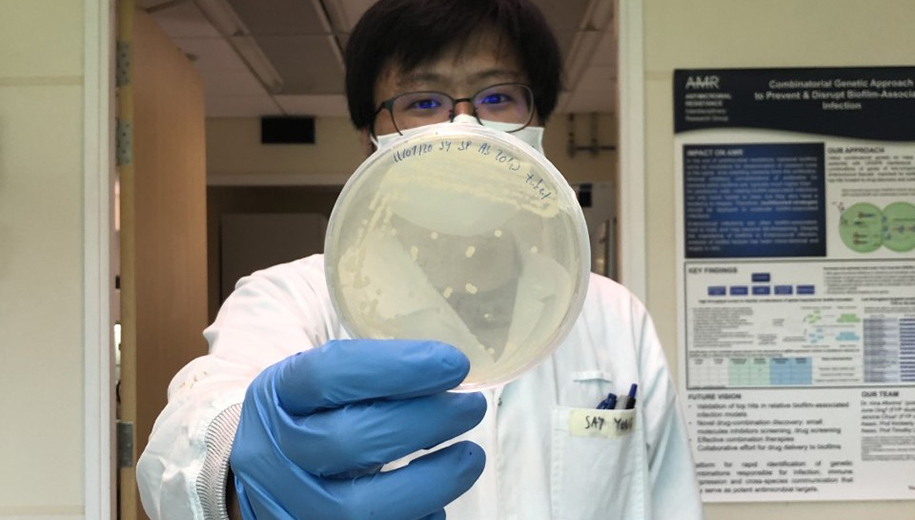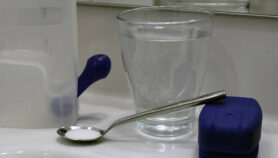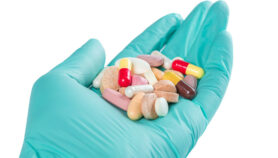By: Melanie Sison
Send to a friend
The details you provide on this page will not be used to send unsolicited email, and will not be sold to a 3rd party. See privacy policy.
[MANILA] Antibiotic resistance in some kinds of bacteria may be reversed using hydrogen sulphide (H2S), according to a new study.
Prior to the release of the study, published in Frontiers in Microbiology this month (August), it was believed that H2S, a gas that smells of rotten eggs, served as a “universal defence mechanism” in bacteria against antibiotics.
“This is a very exciting discovery because we are the first to show that H2S can, in fact, improve sensitivity to antibiotics and even reverse antibiotic resistance in bacteria that do not naturally produce the agent”
Wilfried Moreira, Singapore-MIT Alliance for Research and Technology
Researchers from the Singapore-MIT Alliance for Research and Technology (SMART), MIT's research enterprise in Singapore, tested this concept on Acinetobacter baumanii, a pathogenic bacteria that does not naturally produce H2S. A. baumanii causes infections of the blood, urinary tract and lungs, and is associated with pneumonia, meningitis and other diseases.
A 2019 report released by the UN Interagency Coordinating Group on Antimicrobial Resistance, says that, by 2050, as many as 10 million deaths may be attributable yearly to antimicrobial resistance (AMR), besides causing significant damage to economies. The report noted that AMR can drive around 24 million people into extreme poverty because treatment costs are higher.
When the researchers added H2S releasing compounds to A. baumanii, instead of triggering antibiotic resistance, the bacterium became sensitive to multiple antibiotics, even reversing acquired resistance to gentamicin — a common antibiotic used to treat various infections.
“Until now, H2S was regarded as a universal bacterial defence against antibiotics,” Wilfried Moreira, an author of the study and principal investigator of the SMART antimicrobial resistance interdisciplinary research group (AMR IRG), said in a statement. “This is a very exciting discovery because we are the first to show that H2S can, in fact, improve sensitivity to antibiotics and even reverse antibiotic resistance in bacteria that do not naturally produce the agent.”
The researchers believe that similar results can be achieved in an unknown number of bacterial species that do not produce H2S. “More research is necessary as other bacteria may have alternative biochemistry and responses that affect the outcome,” says Megan McBee, scientific director, AMR IRG SMART, adding that the study has opened up a treatment option against AMR.
“Our research has found a way to make the deadly bacteria and others like it more sensitive to antibiotics and provide a breakthrough in treating many drug-resistant infections,” said Say Yong Ng, lead author of the paper and laboratory technologist at SMART AMR.
“If findings hold true in animal models, a combination therapy of an H2S donor drug and an antibiotic could be a treatment option for these increasingly common infections that rely heavily on only a few antibiotic options,” says McBee.
In a statement to SciDev.Net, the WHO press office said the UN body “recognises that the current research being undertaken on A. baumannii and hydrogen sensitisation is supporting building of the needed evidence base. “A. baumannii is one of the critical gram-negative pathogens for which new treatment options are needed”.
This piece was produced by SciDev.Net’s Asia & Pacific desk.














